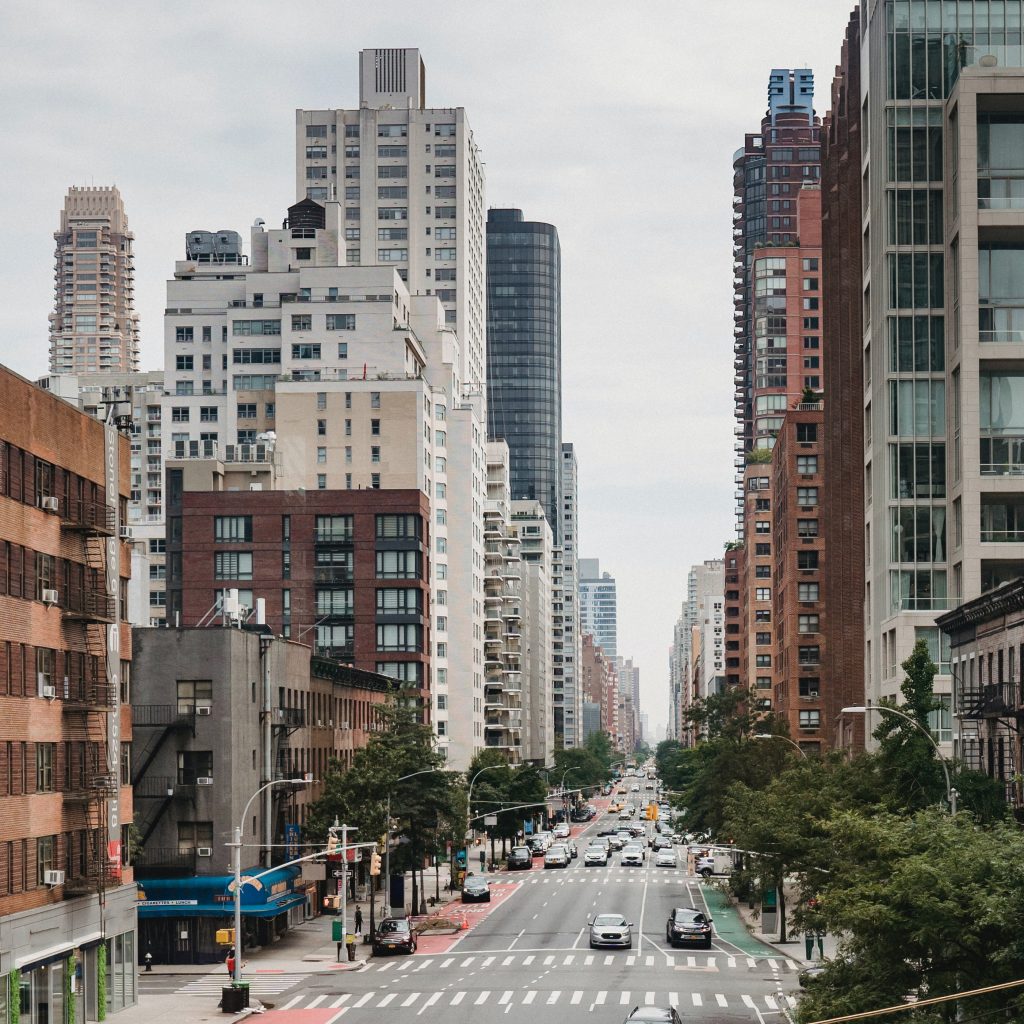What happens when a city bans cars?
There’s lots of panicky talk in the NZ media about “banning driving” and being “anti-car.” But US streets like San Francisco’s Market Street and New York’s 14th Street have already “banned” private vehicles. So what happened next?
Market Street is San Fransisco’s main road. Throughout its history, it’s been known to be bustling and even chaotic with people walking and cycling in the same spaces as horses, trams, and later cars. But in 2020 the street started to limit private vehicles’ access, eventually banning them from Market Street altogether.
The result?
Contrary to predictions of worsened congestion, the amount of traffic didn’t change on neighbouring streets. Meanwhile, transit vehicles and people walking or cycling could move through Market Street faster.
A recent video by City Beautiful discusses Market Street as well as a few other US, European and Australian examples of streets without cars.
It seems that everywhere, the move away from traditional “arterials” towards “transit malls” was a positive one. Retail was able to survive, and even grew, and the streets around the areas showed calmer traffic.
Places like State Street in Madison, Wisconsin could thrive without cars due to denser housing, a mix of activities, shops and restaurants, and the nearby university.

Meanwhile, in 2020, New York’s 14th Street limited cars during certain hours and painted bus- and truck-only lanes. In other words, they banned cars but just for specific time slots, and just for certain strips of the street. (As you can see, major New York streets have a lot of space.)
14th street is a major transit corridor with frequent buses and a metro line running beneath it. Even this relatively small change has made buses flow more reliably, and got more people cycling along the corridor.
The video reminds us that it doesn’t have to take much to limit private vehicles in our city centres. As per 14th Street, we only really some paint and signs to get started.
However, we still need to be thoughtful about how it’s done.
For instance, Market Street did wonders to remove cars, but did little for bikes. Surveyed locals, having seen the potential of Market Street’s car-free status, called for dedicated cycleways. And this feedback has manifested into a plan to integrate bike lanes into the curb.
For more examples and details, check out the full video below!
Read more!
- Wellington, it’s time to shift the power of cars in our streets by Grace Clark
- Auckland Transport to push ahead with plans to remove on road parking spaces despite opposition by Bernard Orsman
- Parking kills businesses, not bikes or buses by Timothy F Welch
- Why Car-Free Streets May Be Here to Stay from Bloomberg Quicktake: Originals
I watched the video with an open-mind, and was expecting to hear about banning cars from an entire city, but it was just talking about Streets, so perhaps the title of your article should not be just “when a city bans cars”. Similarly, the video kept talking about “private vehicles”, whereas I feel that if we are going to get rid of private cars we also need to get rid of taxis and “work cars”. After all, why should someone get to drive on the streets on a weekend just because they have a car/ute with a company logo on the side?